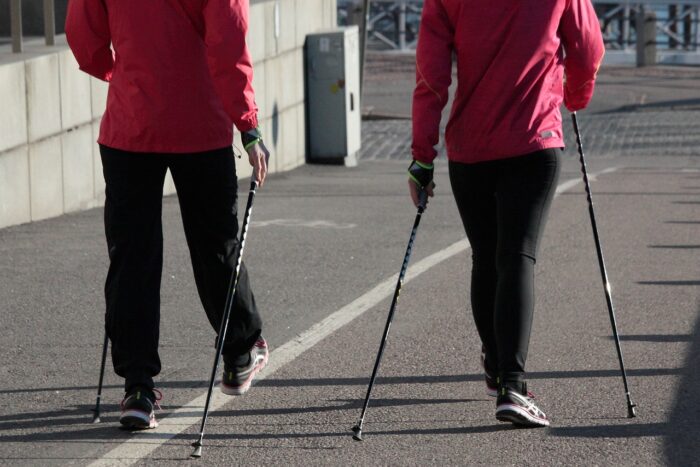
Improving lumbar back pain often involves a combination of self-care strategies, lifestyle modifications, and sometimes medical treatments.
Here are some effective ways to manage and improve lumbar back pain…
Self-Care and Lifestyle Modifications
- Exercise Regularly – Engage in exercises that strengthen the muscles supporting the lower back, such as core strengthening exercises (e.g., planks, bridges), stretching exercises (e.g., hamstring stretches), and aerobic exercises (e.g., walking, swimming). Exercise helps improve flexibility, endurance, and overall spinal health.
- Maintain Good Posture – Practice proper posture while sitting, standing, and lifting. Avoid slouching or hunching over, and use ergonomic furniture or supports if needed (e.g., lumbar support cushions).
- Manage Weight – Maintaining a healthy weight reduces strain on the lower back and helps prevent additional stress on the spine.
- Avoid Prolonged Sitting – Take breaks from prolonged sitting by standing up, stretching, or walking around every 30 minutes. Use a standing desk if possible, or adjust your chair and computer setup for optimal ergonomics.
- Use Proper Lifting Techniques – When lifting objects, bend your knees and keep your back straight. Avoid twisting your spine while lifting.
- Apply Heat or Cold Therapy – Use heat packs or ice packs on the affected area to reduce inflammation and relieve pain. Alternate between heat and cold therapy as needed.
Medical Treatments and Interventions
- Over-the-Counter Pain Relievers – Nonsteroidal anti-inflammatory drugs (NSAIDs) such as ibuprofen or naproxen can help reduce inflammation and alleviate pain. Use them as directed, and consult a healthcare provider for any concerns.
- Physical Therapy – A physical therapist can create a personalized exercise and stretching program to strengthen muscles, improve flexibility, and correct posture. They may also use manual therapy or ultrasounds to relieve pain and promote healing.
- Injections – Corticosteroid injections directly into the affected area of the spine can provide temporary relief from inflammation and pain. These injections are usually administered by a healthcare professional.
- Acupuncture or Massage Therapy – These alternative therapies may help alleviate pain and improve circulation to the affected area. Consult with a qualified practitioner for appropriate treatment.
- Prescription Medications – In some cases, stronger medications or muscle relaxants may be prescribed for short-term pain relief. These are typically used under the guidance of a healthcare provider.
- Surgical Intervention – Surgery may be recommended in severe cases where conservative treatments have not been effective or when there is significant nerve compression or structural issues requiring correction.
Additional Tips
- Stress Management – Practice stress-reduction techniques such as deep breathing, meditation, or yoga. Stress can exacerbate muscle tension and contribute to back pain.
- Quit Smoking – Smoking can impair blood flow to spinal tissues and hinder healing. Quitting smoking can improve overall spine health.
- Stay Hydrated: Drink plenty of water to keep spinal discs hydrated and maintain their shock-absorbing properties.
Consultation with Healthcare Provider
If your lumbar back pain persists despite self-care measures or if you experience worsening symptoms, seek medical evaluation. A healthcare provider can conduct a thorough assessment, diagnose the underlying cause of your back pain, and recommend appropriate treatment options tailored to your individual needs. Early intervention and proper management can help improve symptoms, prevent complications, and promote long-term spine health.
Related Posts
Is It Bad To Sleep With Lumbar Support?
On
September 8, 2024
What Is The Best Treatment For Lumbar Strain?
On
November 22, 2024
Is Walking Good For Lower Lumbar Pain?
On
August 24, 2024
Should You Stretch A Lumbar Strain?
On
June 28, 2024



